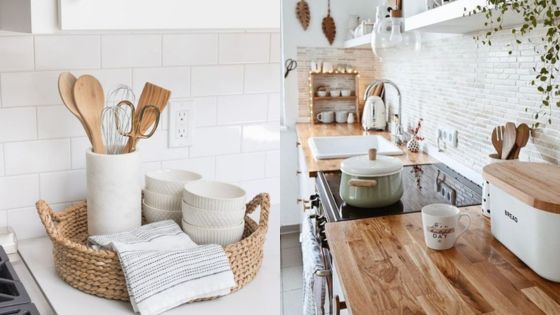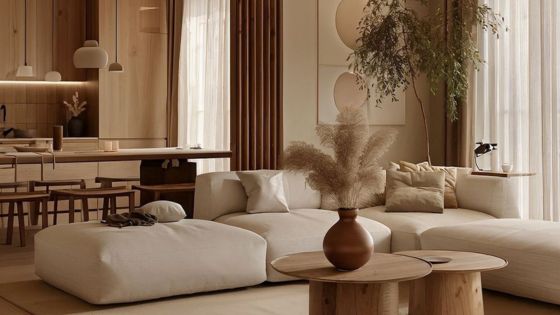

Ever dreamed of walking into a home that feels like it was tailor-made just for you? A space that doesn’t just look good, but truly feels like yours, reflecting your personality, passions, and how you live every single day? That’s the magic of personalized home design. It’s about moving beyond generic trends and crafting an environment that tells your unique story. Your home should be your sanctuary, your playground, your command center, and above all, an authentic expression of who you are. Forget cookie-cutter interiors; we’re diving deep into fun, creative ways to infuse every corner of your living space with your distinct flair. Let’s make your dream home a vibrant reality, one personal touch at a time!
Pros and Cons
| Pros | Cons |
|---|---|
| – Creates a truly unique and comfortable living space | – Can be more time-consuming and require more research |
| – Enhances emotional connection to your home, boosting well-being | – May incur higher costs if custom pieces or extensive renovations are needed |
| – Optimizes functionality for your specific lifestyle and needs | – Risk of over-personalization, potentially impacting resale value |
| – Showcases your personality and taste, making your home memorable | – Requires clear vision and decision-making to avoid disjointed design |
| – Often leads to higher quality and more durable choices | – Can be overwhelming without a clear plan or professional guidance |
Unearthing Your Design DNA: The Foundation of Personalization
Before you even pick up a paint swatch, the real work of personalized home design begins with self-discovery. This isn’t just about what colors you like; it’s about understanding your lifestyle, your values, your habits, and even your dreams.
Reflect on Your Daily Life
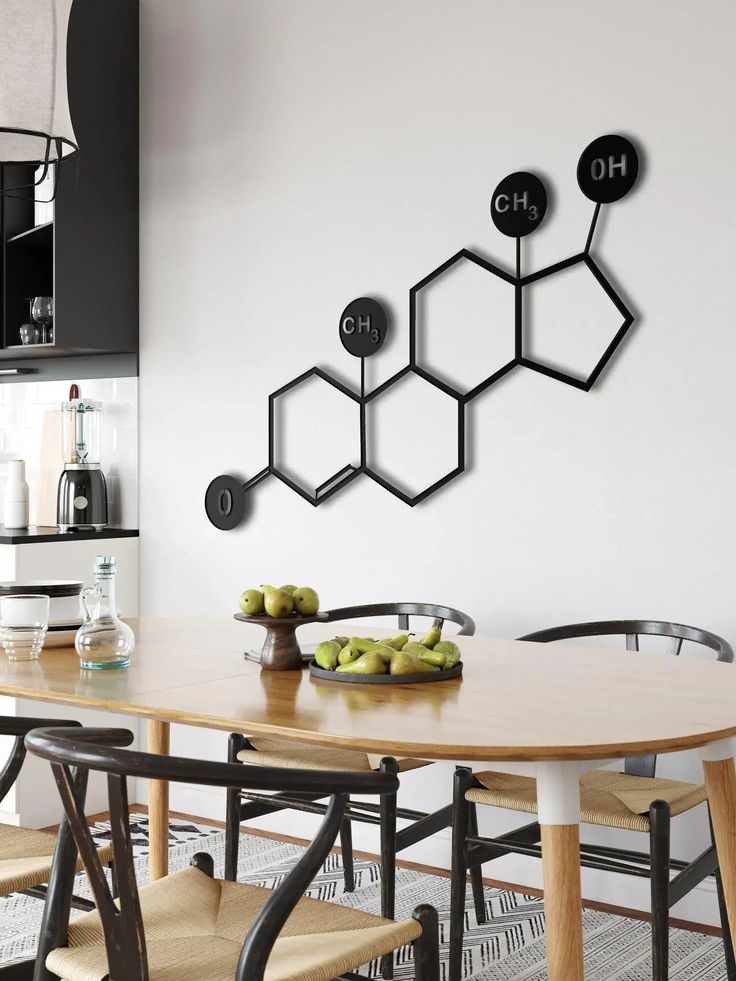

How do you actually use your home? Do you host large dinner parties or prefer intimate gatherings? Are you a remote worker needing a dedicated, distraction-free office, or do you enjoy working from the sofa? Do you have pets, kids, or hobbies that demand specific types of space and storage? Think about your morning routine, your evening unwind, and everything in between. For example, if you love to read, a cozy reading nook with ample natural light is a must. If you’re a gourmet chef, your kitchen needs to be a functional powerhouse, not just a pretty face. Consider how you might start a renovation from scratch if your current layout doesn’t support your ideal lifestyle.
Explore Your Passions and Hobbies
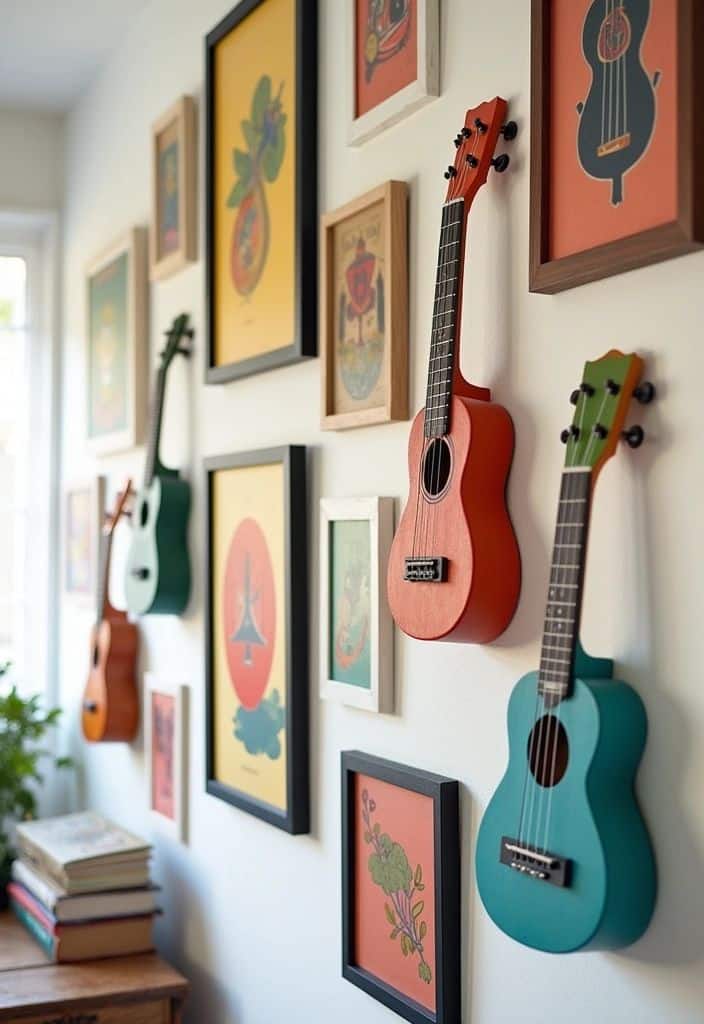

Your home is the perfect canvas to celebrate what you love. Are you an avid traveler? Display artifacts and photos from your adventures. A musician? Create a dedicated jam space or showcase your instruments. A collector? Design custom shelving or display cases for your treasures. If you’re into fitness, perhaps a small home gym area. These elements don’t just decorate your home; they make it feel lived-in and truly reflective of you.
Define Your Aesthetic Vibe


This is where the fun really begins! Start gathering inspiration, but don’t just copy. Look for themes, feelings, and elements that resonate.
- Mood Boards: Create physical or digital mood boards. Don’t limit yourself to interior design images. Include fashion, art, nature, travel, or anything that sparks joy. What kind of atmosphere do you want to create? Cozy and warm? Sleek and modern? Eclectic and bohemian?
- Adjectives, Not Just Nouns: Instead of saying “I like minimalist,” try “I want my home to feel calm, uncluttered, and functional.” This gives you a deeper understanding of the why behind your preferences.
- Analyze What You Already Love: Look at your favorite clothes, books, even your go-to coffee shop. What draws you to them? You might find consistent patterns in colors, textures, or styles that you can bring into your home.
Playing with Color and Texture: Painting Your Personality
Color isn’t just a shade on a wall; it’s a powerful tool that impacts mood, perception of space, and overall atmosphere. Personalized home design uses color strategically to evoke desired feelings and reflect your individual style.
The Psychology of Color in Your Home
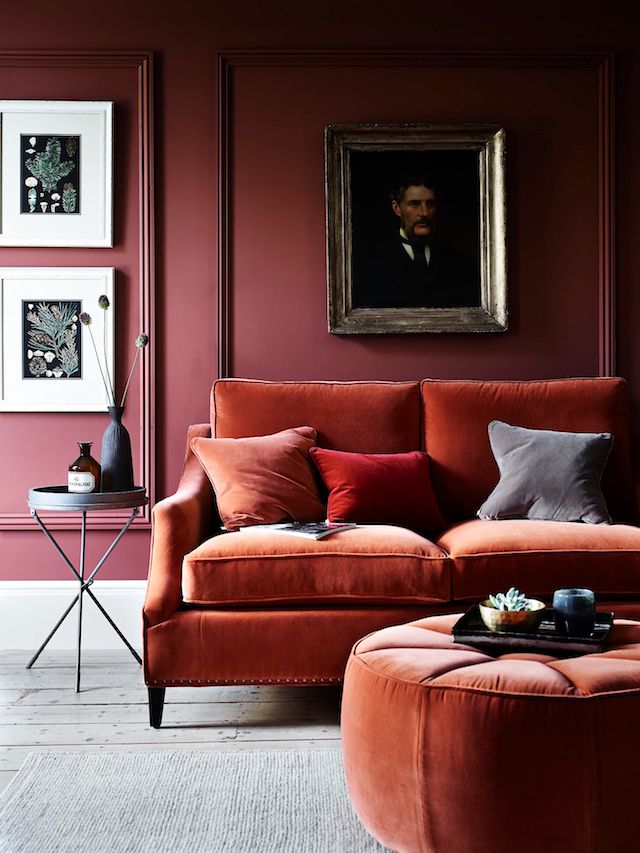

Every color carries a psychological weight. Blues can be calming, ideal for a bedroom. Yellows can be energizing, great for a kitchen or entryway. Greens connect us to nature, perfect for creating a serene study or living room. Reds can be bold and passionate, often used as an accent. Understanding the Pantone color psychology for interior design can help you choose hues that not only look good but also make you feel good. Don’t be afraid to experiment with unexpected combinations that speak to you.
- Warm vs. Cool Tones: Warm colors (reds, oranges, yellows) tend to make a room feel cozier and more intimate, while cool colors (blues, greens, purples) can create a sense of spaciousness and tranquility.
- Accent Walls: If you’re hesitant about going bold, an accent wall is a fantastic way to introduce a vibrant color or a striking wallpaper pattern without overwhelming the entire space.
- Beyond Paint: Remember that color comes from furniture, textiles, art, and accessories too! A neutral base can be livened up with pops of color through throw pillows, rugs, and decorative items.
Embracing Texture for Depth and Interest
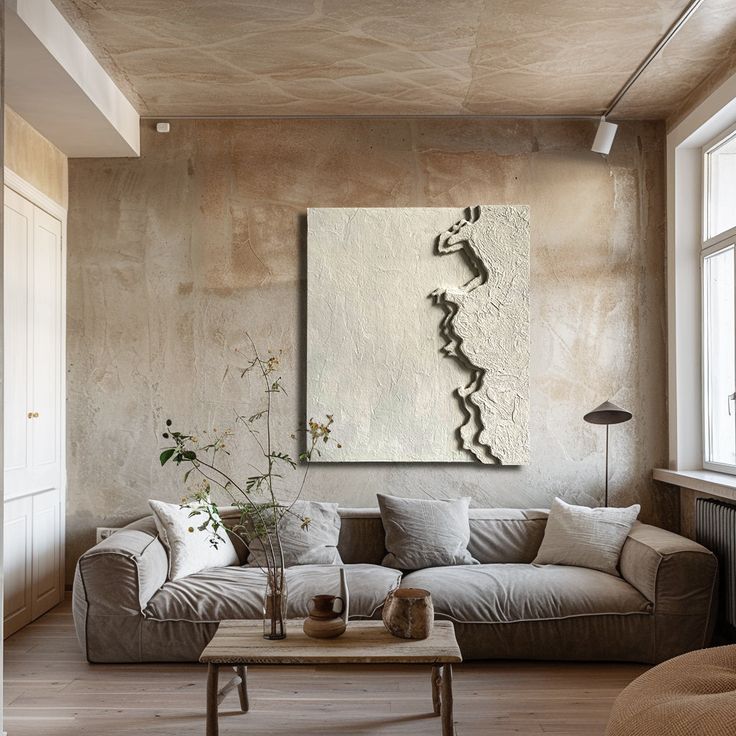
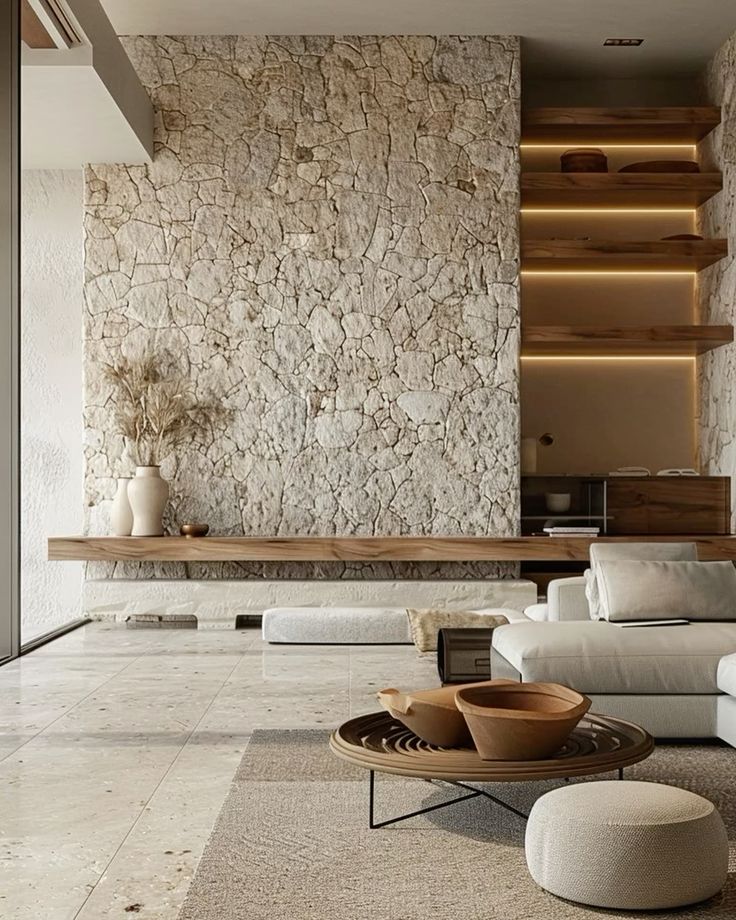
Texture adds another layer of personality and sensory appeal to your home. It can make a room feel luxurious, rustic, inviting, or sleek.
- Soft Textures: Plush rugs, velvet cushions, knitted throws – these invite touch and create a sense of comfort and warmth, perfect for a cozy living room or cozy bedroom ideas.
- Hard Textures: Exposed brick, polished concrete, reclaimed wood – these offer a more rugged, industrial, or natural feel.
- Mixing Materials: The magic often happens when you combine different textures. Imagine a smooth, minimalist sofa paired with a chunky knit throw and a rough-hewn wooden coffee table. This interplay creates visual interest and a rich, layered look.
- Natural Elements: Incorporate natural textures like linen, wool, rattan, cork, or stone. These bring an organic, grounding feel to any space. Even a simple plant adds a lush, living texture.
Crafting Functional Beauty: Design for Your Lifestyle
Personalized home design isn’t just about how things look; it’s crucially about how they work for you. Functional beauty means creating spaces that are both aesthetically pleasing and incredibly efficient for your specific needs.
Smart Space Planning


Think about the flow of your home. Does it make sense for your daily activities?
- Zoning: Even in open-plan spaces, you can create distinct zones for different activities. A rug can define a living area, a bookcase can separate a reading nook, or a console table can delineate an entryway.
- Traffic Patterns: Ensure pathways are clear and furniture isn’t obstructing movement. This is especially important in smaller homes where every inch counts.
- Multi-functional Furniture: Ottomans with storage, sofa beds, extendable dining tables – these pieces work harder in your home, adapting to various needs and saving space.
Storage Solutions That Spark Joy


Clutter can quickly diminish the joy of a personalized space. Smart storage is key to maintaining a beautiful and functional home.
- Built-ins: Custom built-in shelving, cabinets, or window seats can maximize space and integrate seamlessly with your home’s architecture.
- Hidden Storage: Under-bed storage, benches with lift-up lids, or even stylish baskets and bins keep essentials out of sight but easily accessible.
- Vertical Space: Don’t forget your walls! Floating shelves, tall bookcases, and wall-mounted organizers can free up floor space and add decorative flair. Even transforming an often-overlooked area like your garage with smart flooring and storage can make a huge difference to your home’s overall functionality. Learn more about how to transform your garage with flooring and storage solutions.
Lighting: Setting the Mood and Enhancing Function


Lighting is often an overlooked aspect of design, but it’s crucial for creating atmosphere and functionality.
- Layered Lighting: Combine ambient (general room lighting), task (for specific activities like reading or cooking), and accent lighting (to highlight artwork or architectural features).
- Dimmers: Install dimmers to control the intensity of your lights, allowing you to shift the mood from bright and energetic to soft and intimate.
- Natural Light: Maximize natural light with sheer curtains, well-placed mirrors, and an open layout. It not only saves energy but also boosts mood and makes spaces feel larger and more inviting.
Personal Touches: Details That Define Your Narrative
This is where your home truly comes alive. It’s about infusing every nook and cranny with elements that tell your story, celebrate your memories, and reflect your current journey. These aren’t just decorations; they’re conversation starters, memory keepers, and mood enhancers.
Art That Speaks to You

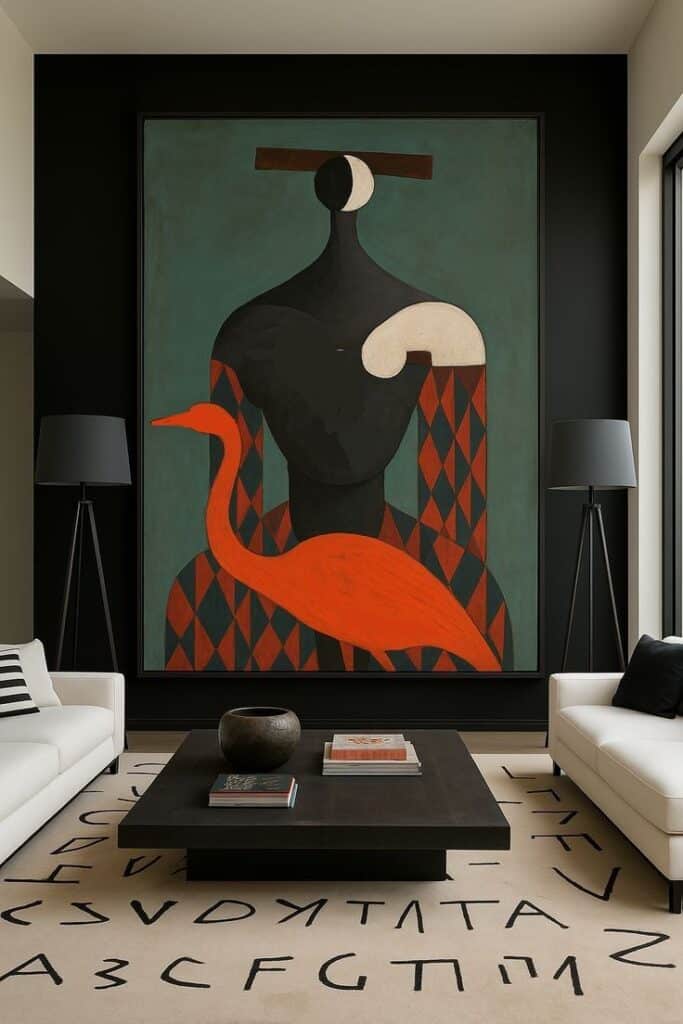
Don’t just fill your walls; curate them with pieces that resonate with your soul.
- Beyond the Frame: Art doesn’t have to be expensive framed paintings. It can be a collection of unique prints, family photos, textiles, children’s drawings, or even a striking mural. Explore diverse wall art ideas to truly make your walls sing.
- Meaningful Pieces: Choose art that evokes emotion, tells a story, or reminds you of a special place or time. Don’t worry about matching your decor perfectly; if you love it, it belongs.
- Gallery Walls: Create a gallery wall with a mix of art, photos, and personal mementos. It’s a wonderful way to tell a visual story and showcase your personality. Vary sizes, frames, and mediums for an eclectic, lived-in feel.
Collections and Memorabilia

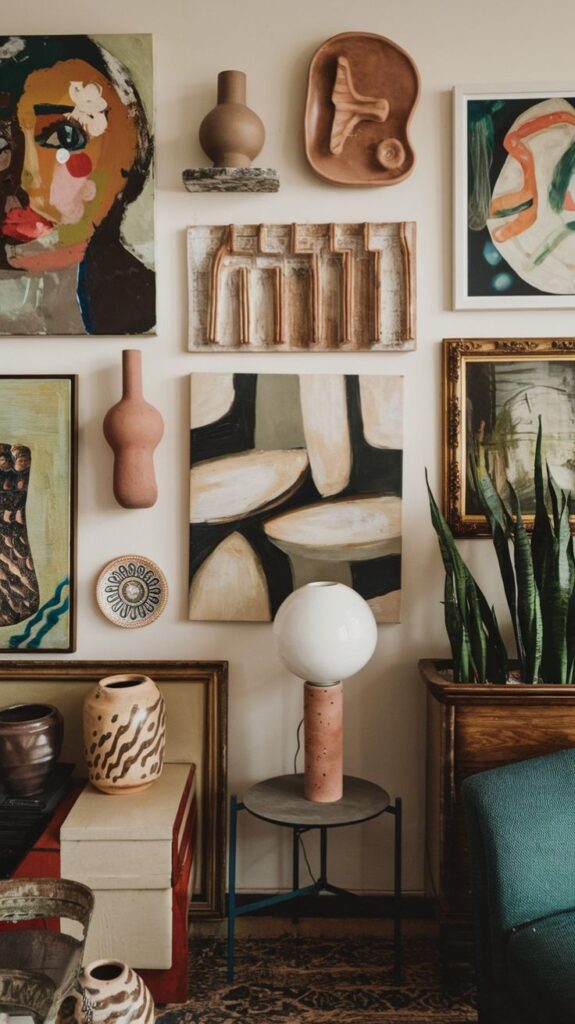
Your collections, whether they’re vintage cameras, rare books, or seashells from your travels, are an integral part of your personal narrative.
- Thoughtful Display: Instead of hiding them away, find creative ways to display your collections. Use open shelving, glass cabinets, or create vignettes on console tables.
- Curated Clutter: There’s a fine line between a beloved collection and clutter. Arrange your items thoughtfully, grouping similar objects or creating visual balance. Give each piece room to breathe.
- Travel Souvenirs: Rather than generic souvenirs, opt for handcrafted items, local art, or unique pieces that genuinely remind you of your travels. Integrate them into your decor as functional items or display pieces.
DIY and Upcycled Wonders
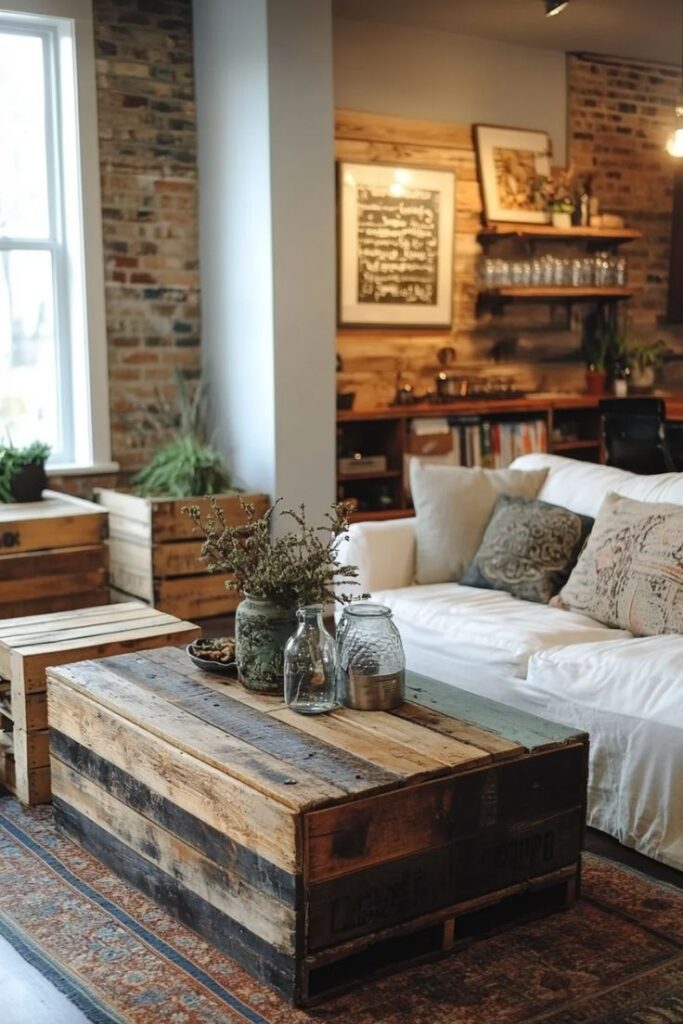
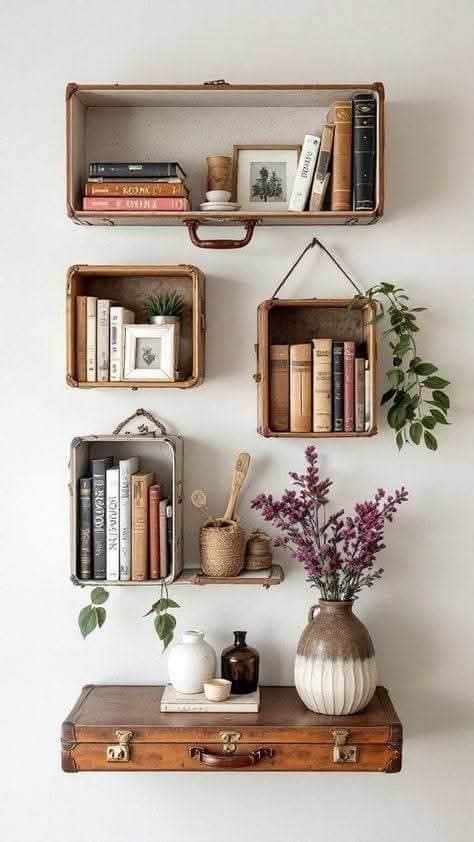
Nothing says “personalized” quite like something you’ve made or transformed yourself.
- Repurposed Furniture: Give old furniture a new lease on life with a fresh coat of paint, new hardware, or a creative reupholstering job. It’s sustainable, cost-effective, and deeply personal.
- Handmade Decor: Knit a throw, paint a canvas, create custom pottery, or build a simple shelf. These items carry a special energy because of the effort and love you put into them. They add a unique character that mass-produced items simply can’t replicate. Embracing DIY home improvement projects can be incredibly rewarding.
- Personalized Pillows & Textiles: Use custom fabrics, embroidery, or iron-on transfers to create pillows, curtains, or tablecloths that reflect your style or even feature inside jokes or significant dates.
Integrating Technology Thoughtfully: Smart Homes, Personal Style
In today’s world, technology plays an ever-growing role in our homes. Personalized home design considers how smart tech can enhance your life without sacrificing your aesthetic.
Seamless Integration

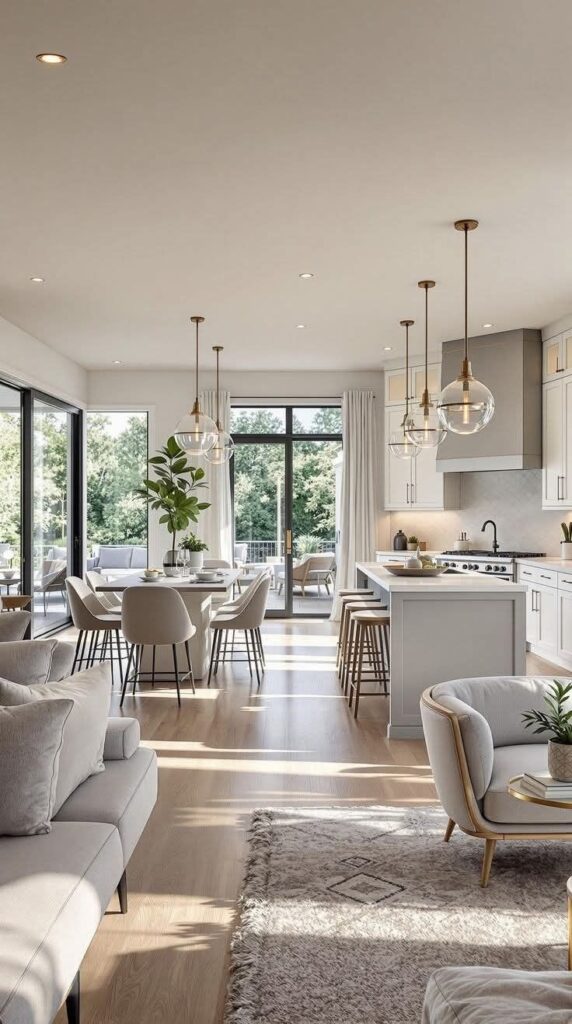
The goal is for technology to serve you, not to dominate your space.
- Hidden Tech: Opt for smart devices that can be integrated subtly, like speakers that blend into shelving, smart lighting controls that replace clunky switches, or TVs that double as art when not in use.
- Smart Home Ecosystems: Choose systems that work together seamlessly, allowing you to control lighting, temperature, security, and entertainment from a single app or voice command. This creates a cohesive, effortless living experience tailored to your daily rhythms.
- Charging Stations: Designate discreet charging stations for all your devices. This keeps cords tidy and out of sight, maintaining a clean aesthetic.
Personalized Comfort and Convenience


Smart technology can learn your habits and adjust your environment accordingly.
- Automated Lighting and Climate: Program your lights to dim at sunset or your thermostat to adjust based on occupancy, saving energy and creating the perfect ambiance without you lifting a finger.
- Voice Control: Imagine adjusting your music, lighting, or even locking your doors with a simple voice command. This level of personalized convenience truly transforms a house into a smart home.
- Entertainment Hubs: Create a personalized entertainment zone with integrated sound systems, projection screens, or smart TVs that provide an immersive experience for movies, gaming, or music.
The Role of Professionals: Guidance or Full Control?
While personalized home design is deeply personal, you don’t have to go it alone. Deciding whether to hire a professional or tackle it yourself depends on your budget, time, skill level, and the complexity of your vision.
When to Hire an Interior Designer
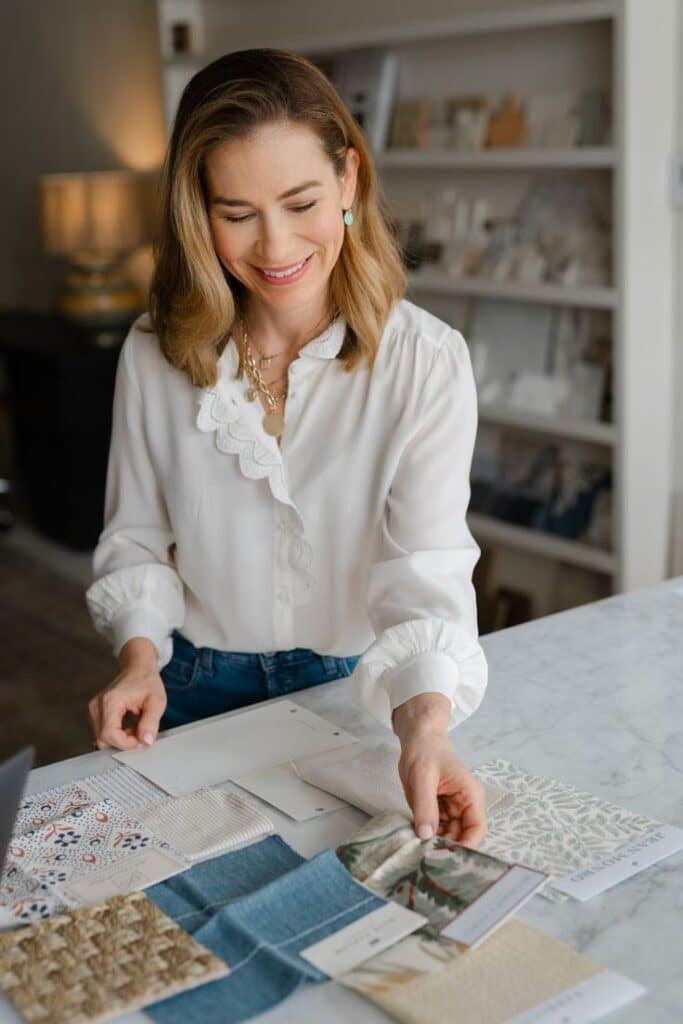
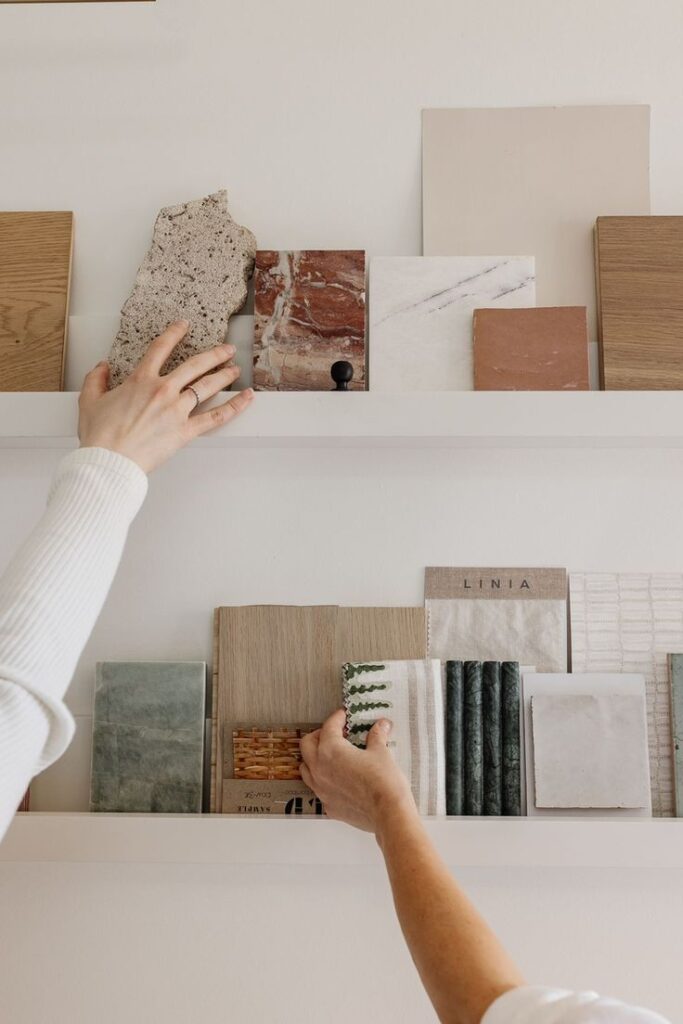
- Overwhelmed by Choices: If you feel lost in a sea of options and can’t narrow down your style, a designer can help distill your vision and present cohesive ideas.
- Large-Scale Renovations: For significant structural changes, kitchen or bathroom overhauls, or complex space planning, a designer or architect brings expertise that can save you time, money, and headaches. For example, knowing how to get creative when redesigning your bathroom often benefits from professional insights.
- Specific Aesthetic Goals: If you’re aiming for a very particular, sophisticated, or high-end look, a designer has the connections and expertise to source unique pieces and execute a flawless design.
- Lack of Time: If your schedule is packed, a professional can manage the project, liaise with contractors, and handle all the details, allowing you to focus on the fun parts of decision-making.
The Joy of DIY Design

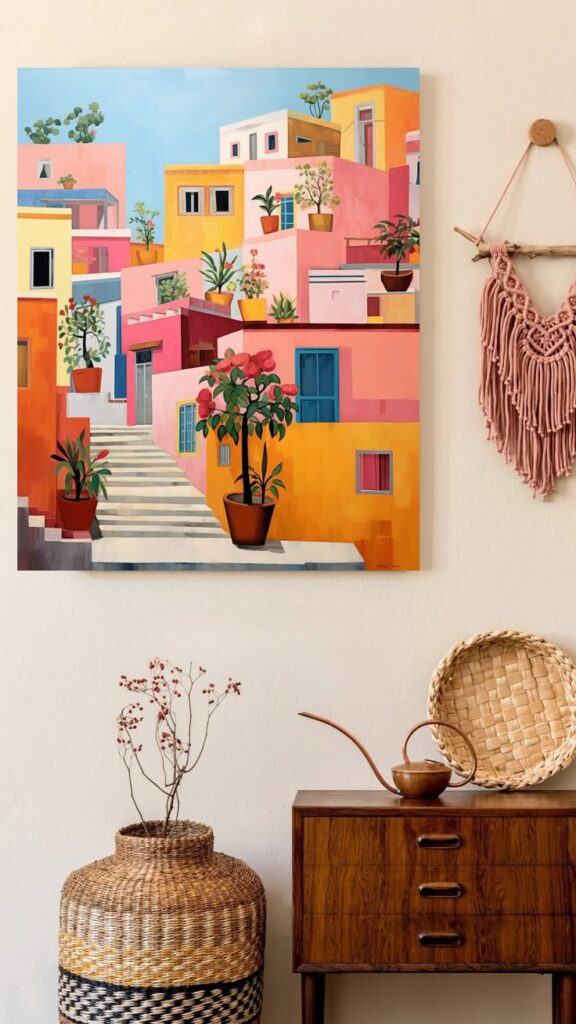
Many people find immense satisfaction in designing their own homes.
- Budget-Friendly: Doing it yourself can significantly reduce costs, especially if you’re willing to put in the labor for painting, assembly, or minor installations.
- Complete Control: You have full creative freedom, ensuring every decision is 100% reflective of your taste and needs.
- Learning Opportunity: It’s a fantastic way to learn new skills, from understanding color theory to basic carpentry or even just how to hang a gallery wall perfectly.
- Phased Approach: DIY allows you to tackle your home design in phases, spreading out costs and effort over time. You can prioritize key areas and gradually personalize others as your budget and inspiration allow.
Whether you’re going it alone or with help, clear communication of your personal preferences and functional requirements is paramount. Your designer’s role is to interpret your vision, not impose their own.
Budgeting for Your Dream Home: Making it Happen
Creating a personalized home doesn’t necessarily mean breaking the bank. It’s about smart planning and strategic allocation of resources.
Prioritize Your Investments
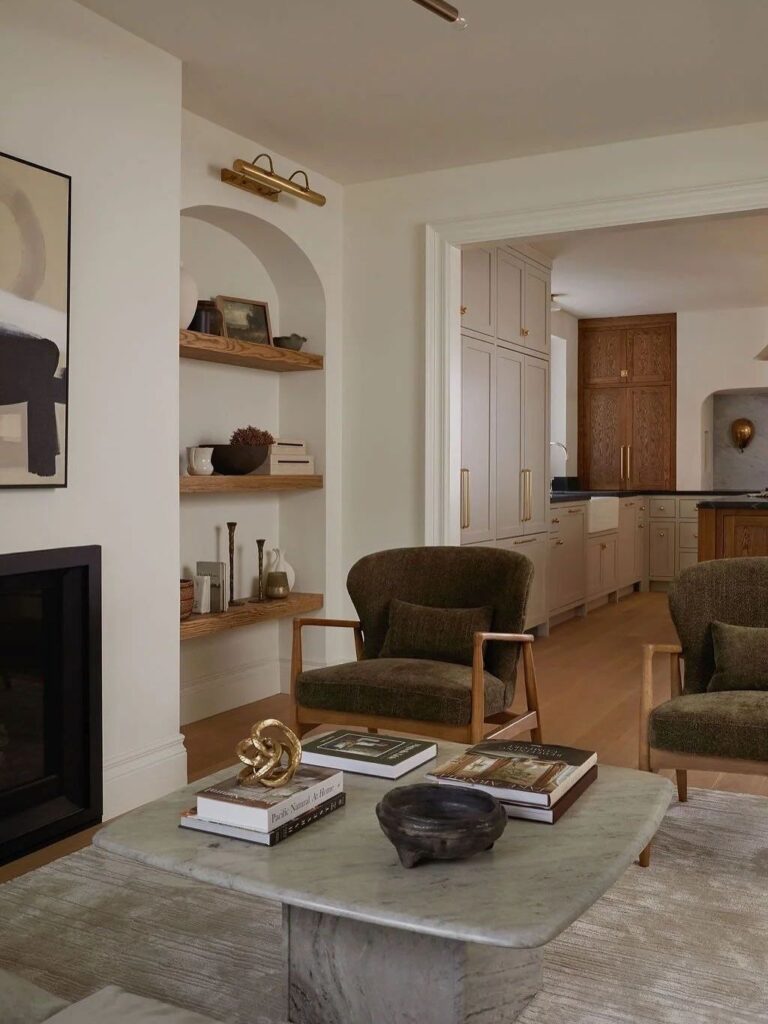

- Foundation First: Focus your budget on foundational elements that are difficult or expensive to change later. This includes quality flooring, good lighting, and essential large furniture pieces like a sofa or bed.
- What Matters Most to You: If you’re a gourmet cook, invest in a fantastic kitchen. If you love entertaining, prioritize a comfortable and stylish living/dining area. If sleep is sacred, splurge on a high-quality mattress and luxurious bedding.
- Phased Approach: You don’t have to do everything at once. Plan to tackle one room or one design element at a time, allowing you to save up and make thoughtful choices.
Smart Shopping and Sourcing
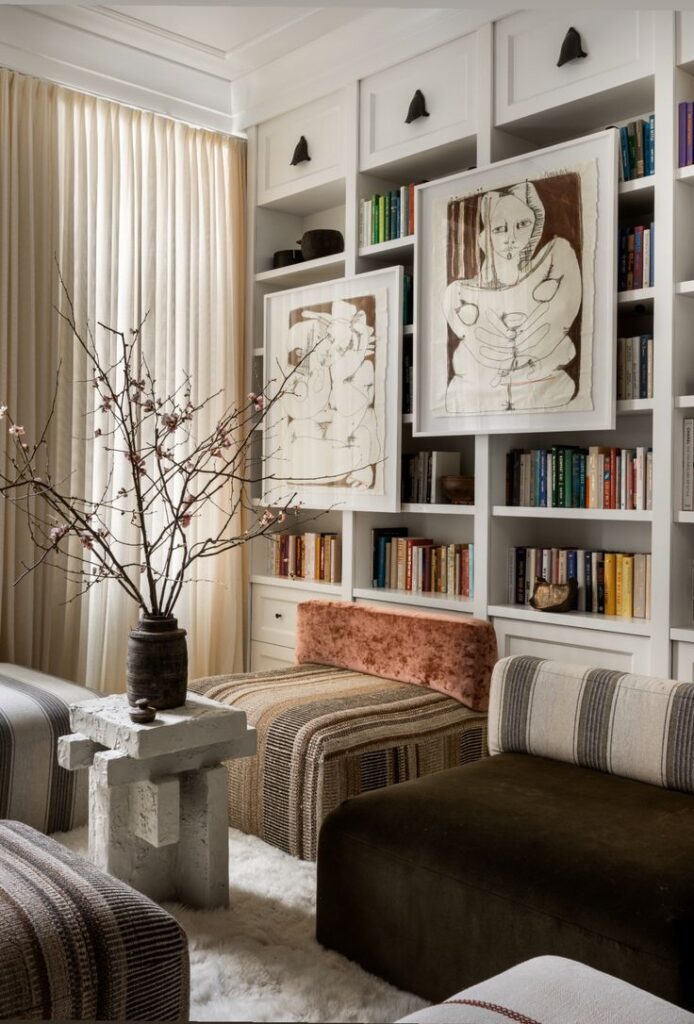
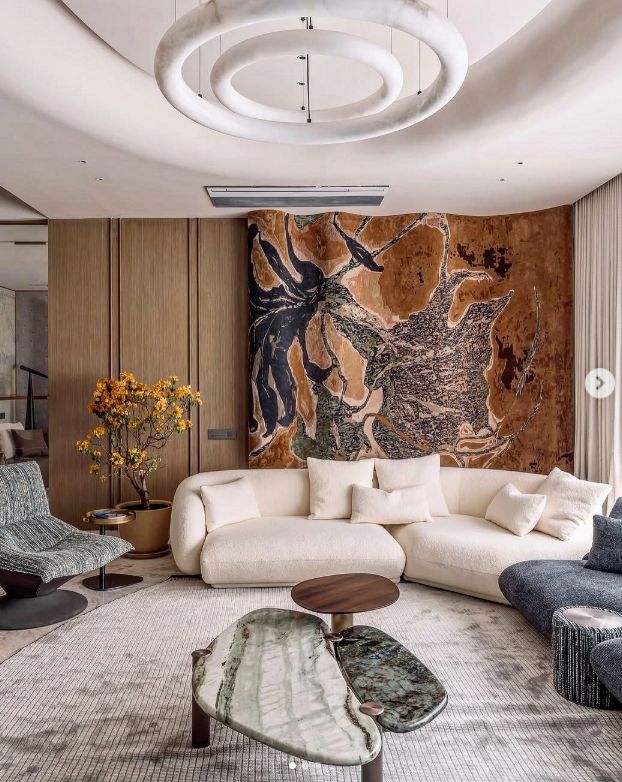
- Mix High and Low: Combine investment pieces with more affordable finds. A designer sofa can be paired with an IKEA bookshelf and vintage accessories.
- Thrift Stores and Flea Markets: These are treasure troves for unique, personalized items. With a little imagination, a thrifted piece can be transformed into a showstopper.
- Sales and Discounts: Be patient and wait for sales on bigger ticket items. Sign up for newsletters from your favorite home stores.
- DIY Where Possible: As discussed, doing it yourself can save a significant amount on labor and even on certain decor items.
Tracking and Adjusting


- Create a Detailed Budget: List everything, from paint to pillows. Allocate a realistic amount for each category.
- Contingency Fund: Always add a 10-15% contingency for unexpected costs. Renovations rarely go exactly as planned.
- Review Regularly: Keep track of your spending and adjust your plan as needed. Be flexible; sometimes a perfect alternative appears at a better price point.
Sustainability and Your Personalized Home
Personalized design can also be incredibly sustainable. Incorporating eco-friendly choices reflects a personal value system and creates a healthier home.
Conscious Material Choices
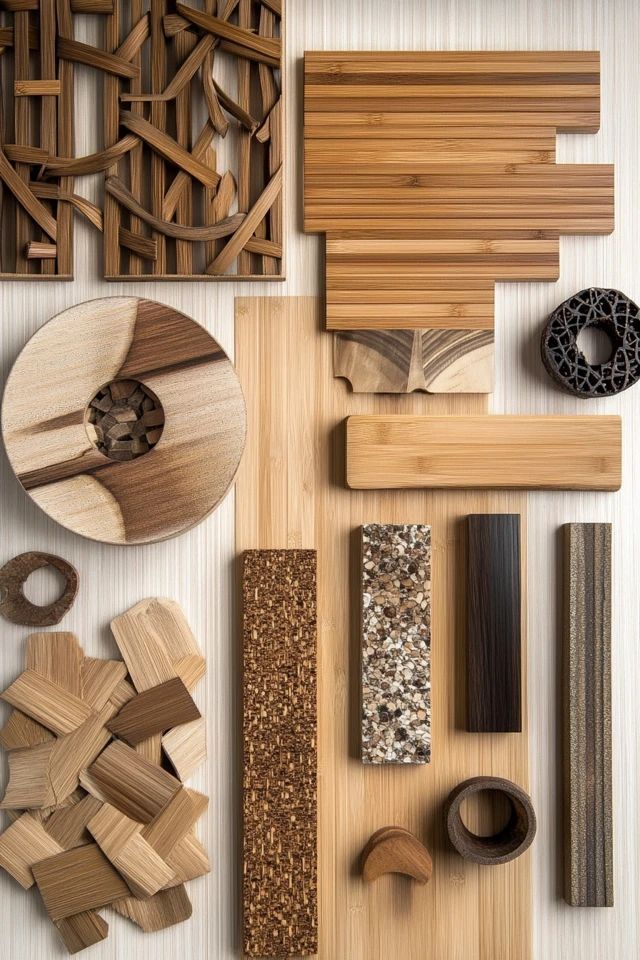

- Natural and Renewable Materials: Opt for materials like bamboo, cork, recycled glass, reclaimed wood, organic cotton, and wool. These have a lower environmental impact and often bring beautiful natural textures into your home.
- Low VOC Paints and Finishes: Volatile organic compounds (VOCs) found in many paints and finishes can impact indoor air quality. Choose low-VOC or zero-VOC options for a healthier living environment.
- Durable Goods: Invest in high-quality, durable furniture and finishes that will last for years, reducing the need for frequent replacements and minimizing waste. This is where personalized design really shines, as you’re choosing things you genuinely love and want to keep.
Energy Efficiency and Resource Conservation


- Smart Lighting: Utilize LED bulbs, which are energy-efficient and long-lasting. Maximize natural light to reduce the need for artificial lighting during the day.
- Window Treatments: Choose energy-efficient window coverings like insulated blinds or drapes to help regulate indoor temperature, reducing heating and cooling costs. Consider how elements like window film can further transform spaces and save energy, as highlighted in this insightful article: discover how window film transforms spaces saves energy.
- Water-Saving Fixtures: Install low-flow toilets, showerheads, and faucets to conserve water.
- Upcycling and Secondhand: Give new life to old items! Upcycling furniture or buying secondhand pieces not only adds unique character but also reduces demand for new products and keeps items out of landfills.
Connecting with Nature


Bringing nature indoors can enhance well-being and is inherently sustainable.
- Houseplants: Incorporate a variety of houseplants. They improve air quality, add natural beauty, and connect your home to the outdoors.
- Natural Light: Design your spaces to make the most of sunlight. It’s a free, renewable resource that brightens your home and boosts your mood.
- Biophilic Design Elements: Consider integrating elements that mimic nature, like natural patterns, materials, and views of green spaces.
Your Home, Your Masterpiece


Embracing personalized home design is an exciting journey of self-expression. It’s about creating a space that nurtures your soul, supports your lifestyle, and truly feels like home in every sense of the word. From the grand gestures of space planning to the smallest, most cherished trinkets, every element contributes to your unique narrative. Don’t be afraid to experiment, to break conventional rules, and to infuse every corner with your individual spirit.
Your home is more than just a place to live; it’s a reflection of who you are, where you’ve been, and where you’re going. So, dive in, have fun, and unlock the incredible potential of your dream home. Start today by reflecting on what truly brings you joy, and let that be the compass guiding your design decisions.
- 0shares
- Facebook0
- Pinterest0
- Twitter0

